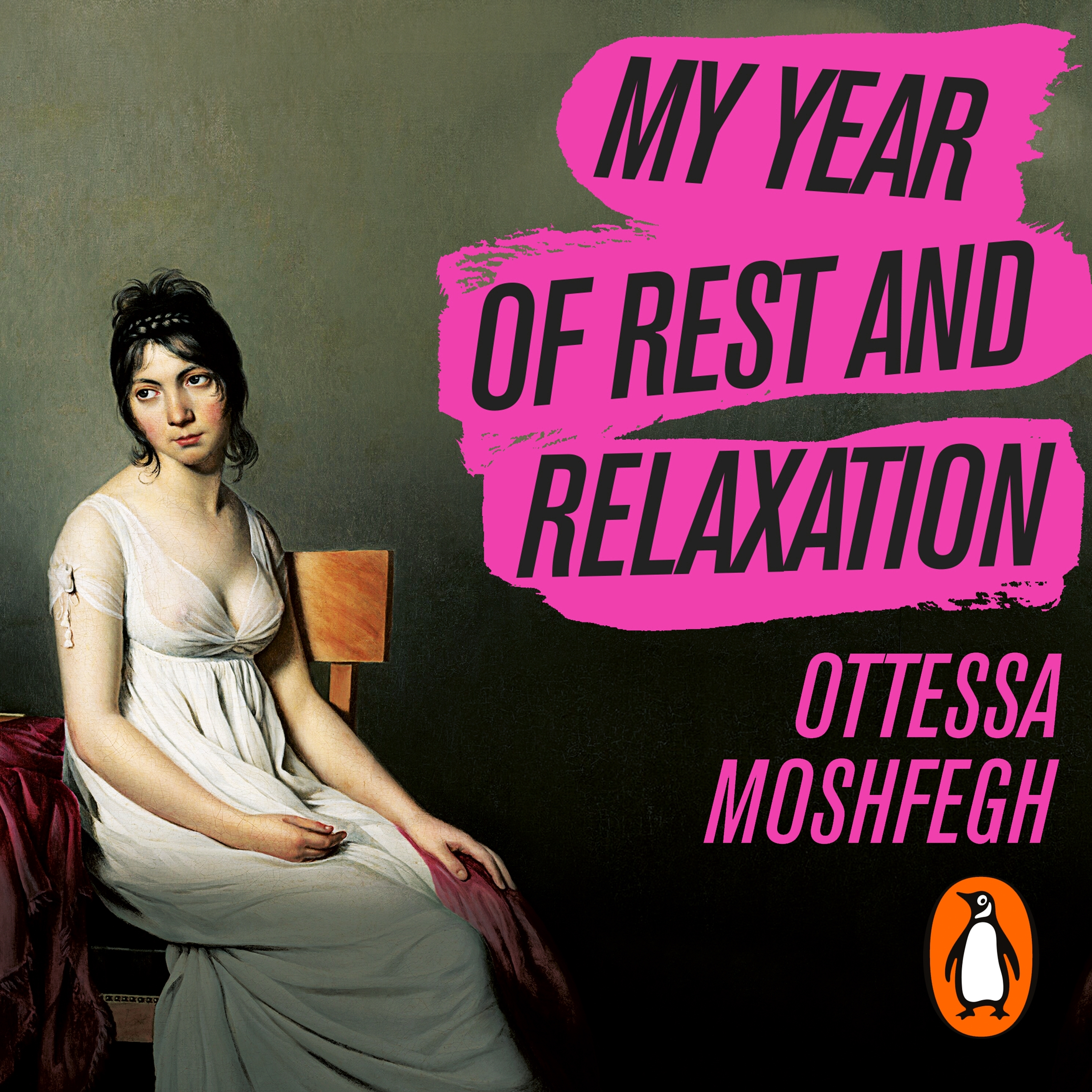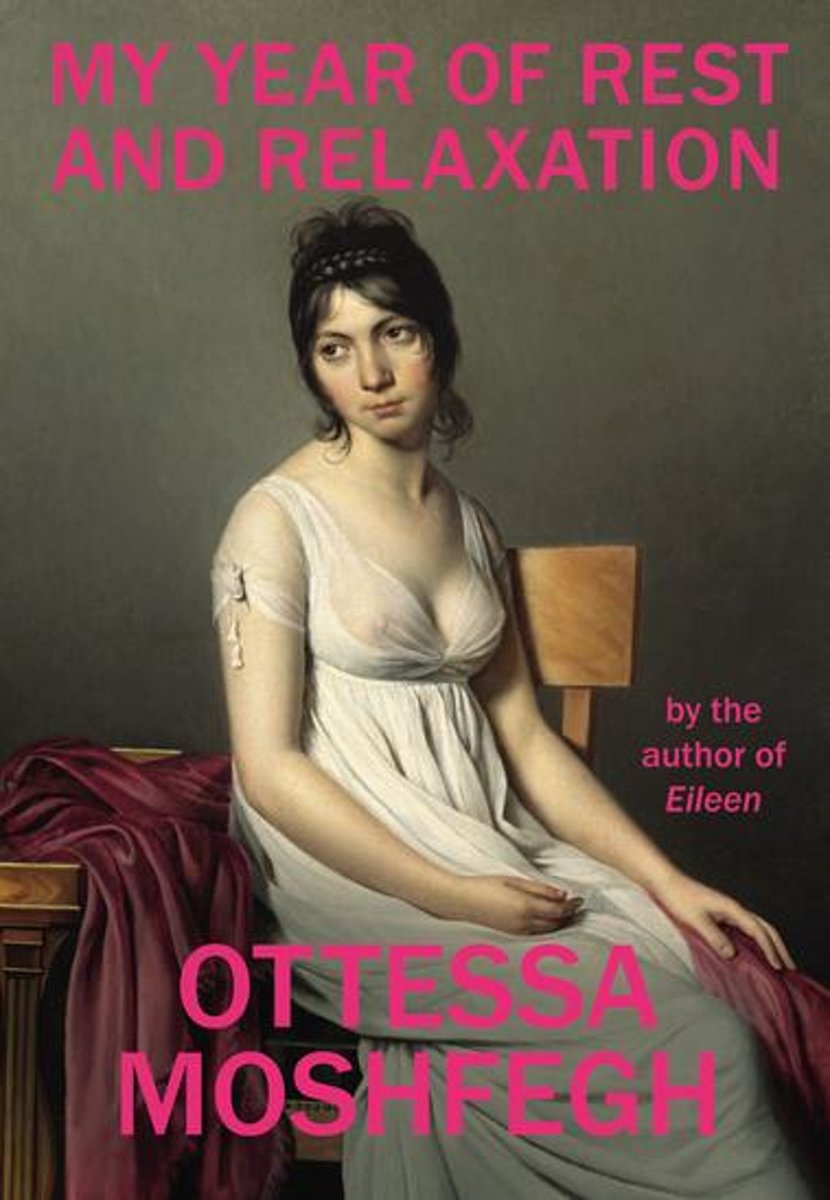

More puzzling, there is no body, or any sign of there ever having been a body, and Vesta has never met a Magda in her tiny town. Here is her dead body.” The notepaper is suspiciously pristine, the penmanship impersonal-the kind “you’d use when making a sign for a yard sale,” Vesta observes. Vesta Gul is a 72-year-old widow who lives in a secluded former Girl Scout cabin in the woods with a muscular dog, her “alarm and bodyguard.” One day, while on a dawn walk, she stumbles upon a note that reads: “Her name was Magda. The opening of Death in Her Hands gestures as much toward fable as to mystery. This time, she uses a meta-mystery-gone-mad to explore a question that applies to her own oeuvre: How much control can women have over their narratives? (“Try to tell me she’s disgusting!” she told one interviewer.) In her latest novel, Death in Her Hands, Moshfegh is back to her old formal tricks.

To Moshfegh’s frustration, readers still fixated on the grossness of Eileen-a laxative-addicted clerk at a juvenile prison who has vivid, violent thoughts-so she funneled similarly off-putting traits into the narrator of her second novel, My Year of Rest and Relaxation, but gave her the looks of an off-duty model.

Convinced that readers wouldn’t pick up a novel about a self-loathing woman with little desire to please others, she masked her “ freak book” as a mystery. “I’ve disguised the ugly truth in a kind of spiffy noir package,” Ottessa Moshfegh said about her debut novel, Eileen, published in 2015.


 0 kommentar(er)
0 kommentar(er)
